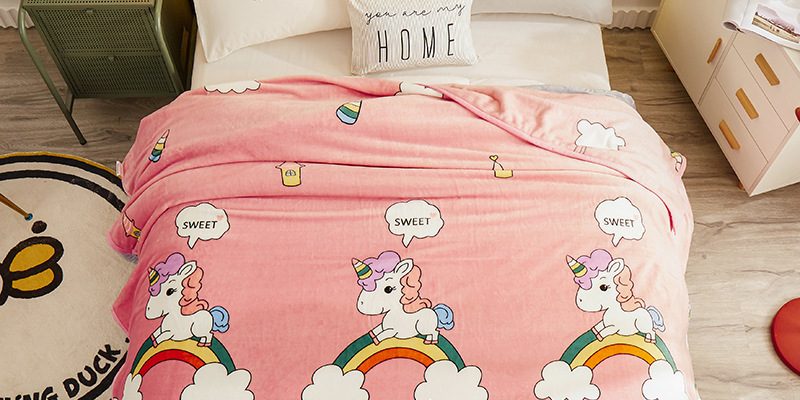Introduction: As the world increasingly focuses on sustainability and environmental responsibility, the textile industry has also embraced eco-friendly practices, including the production of mink blankets. Sustainable alternatives have emerged to meet the demand for warmth and luxury while reducing the environmental impact. In this blog, we’ll explore the sustainable aspects of mink blankets, understanding how eco-friendly materials and production methods contribute to a greener future.
- Faux Mink Materials: Many mink blankets are now crafted from faux mink materials, which are synthetic fibers designed to mimic the softness and warmth of real mink fur. These materials are cruelty-free, eliminating the need for animal-derived materials.
- Recycled Materials: Some mink blankets are made from recycled materials, reducing the demand for new resources and minimizing waste. Using recycled fibers contributes to a circular economy and reduces the environmental footprint of the textile industry.
- Responsible Production: Sustainable mink blanket manufacturers adopt responsible production methods, such as energy-efficient manufacturing processes and water conservation techniques. These efforts help reduce greenhouse gas emissions and water consumption.
- Eco-Friendly Dyes: Eco-friendly dyes, free from harmful chemicals and pollutants, are used to color mink blankets without compromising the safety and health of both consumers and the environment.
- Biodegradable Packaging: Sustainable mink blanket manufacturers opt for biodegradable or eco-friendly packaging to further reduce the environmental impact and promote responsible disposal practices.
Conclusion: Sustainability in mink blankets involves the use of faux mink materials, recycled fibers, responsible production methods, eco-friendly dyes, and biodegradable packaging. By embracing eco-friendly alternatives, the textile industry is moving towards a greener future, where luxurious comfort can coexist with environmental responsibility.







